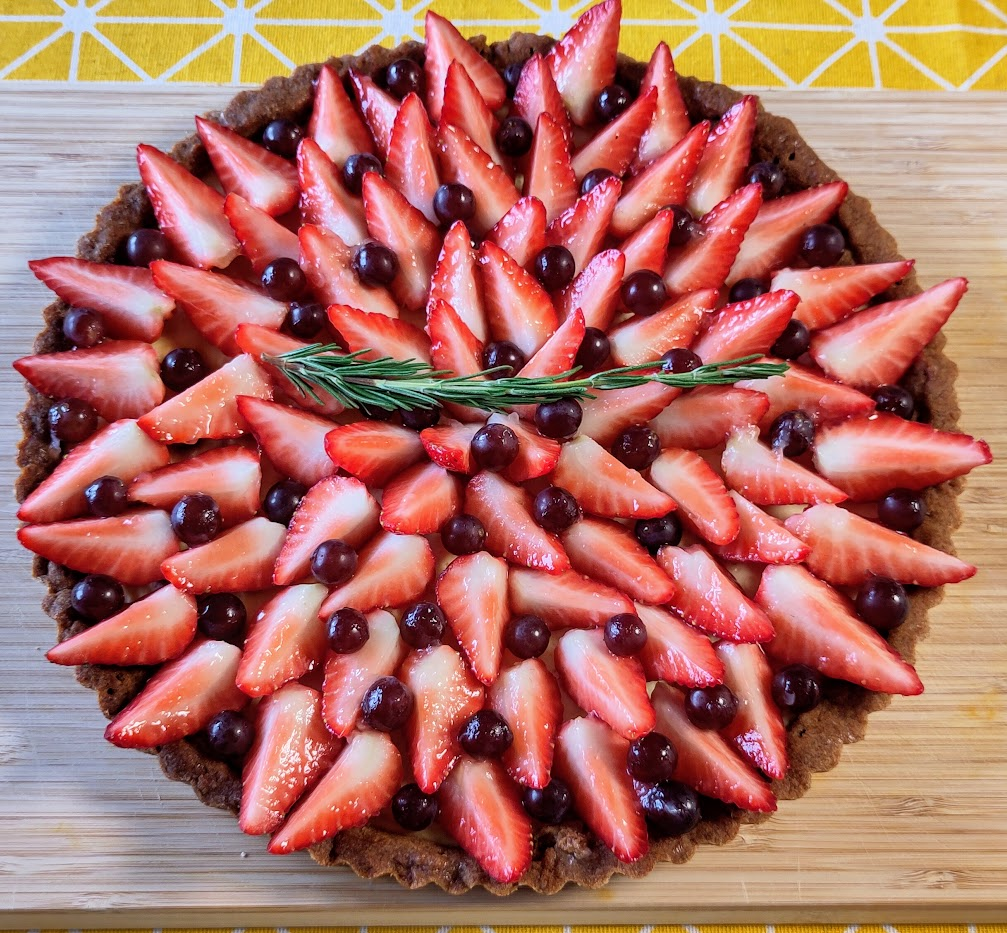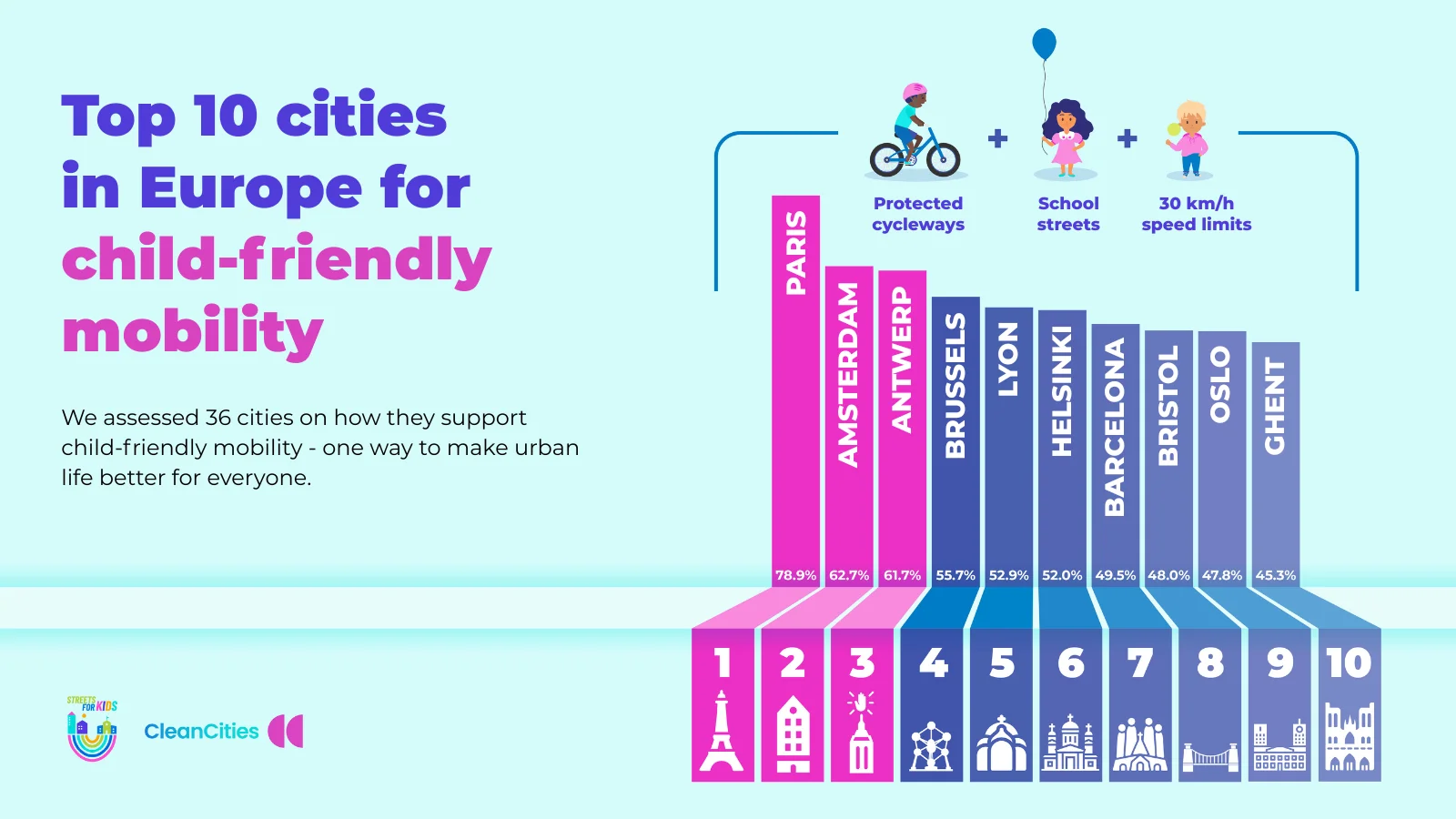Same with clothes. Japan average fashion is very gray.
+ Éviter le lien avec l'idéologie des créateurs de Lemmy, même si pour l'instant, je ne les ai pas vus abuser de leur pouvoir sur le logiciel pour servir leurs idées. Si ça réduit le sur-représentation de la gauche lointaine dans la communauté, ce serait bien aussi pour moi qui préfère plus de diversité d'opinions.
- Est-ce que ça risque de fragmenter encore plus les communautés et donc de réduire l'activité sur le fil ? On est encore très très loin de la réactivité et de la couverture des sujets par Reddit, et ça me manque.
J'utilise Lemmy uniquement sur navigateur, bureau et mobile, ça me va très bien en tant qu'ancien fan de old.reddit et RIF.
Am I correctly feeling that you guys are not used to fruit pies without crust on top? It's how they are done in France.
Yes, to avoid bubbles by letting the steam escape more easily, but mostly so the crust stays flat.
I actually tend to put way less sugar than recommended by recipes, 30 to 50% less, but those plums definitely needed more. It's hard to find good and affordable fruits in Japan compared to my habits from France, where summer fruits like plums don't need to be topped with sugar at all. I think it is the first time I have had to sprinkle more sugar on top of my pie at the end to balance the sourness.
It does have similarities, same kind of crust and egg flan.
Maybe some special physical interface could be built in the helmet, but if space agencies never came up with a solution for this, it probably means it is not needed.
Searched a bit and surprisingly couldn't find any agency communication about this. I found that they use some gestures though.
According to preliminary research, based on calcification in the wrists and knees, he used to be an adventurer like you, then he took an arrow to the rib.
When you consider all the refinement through reinforcement learning managed by labelers and domain experts, it is indeed a simulation of the intelligence of those labelers.




No to which part? If they are other engineering jobs with craftsmanship, I am curious about it.